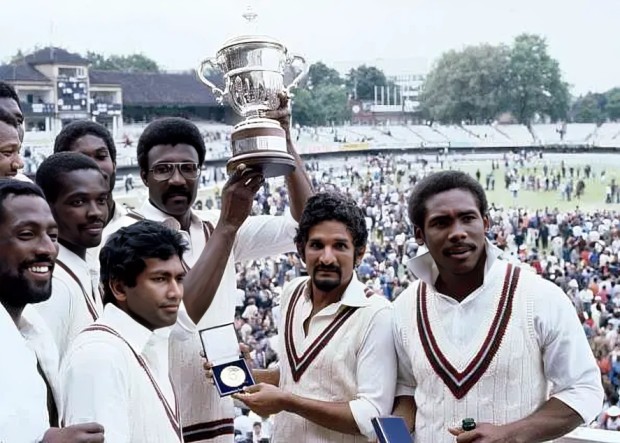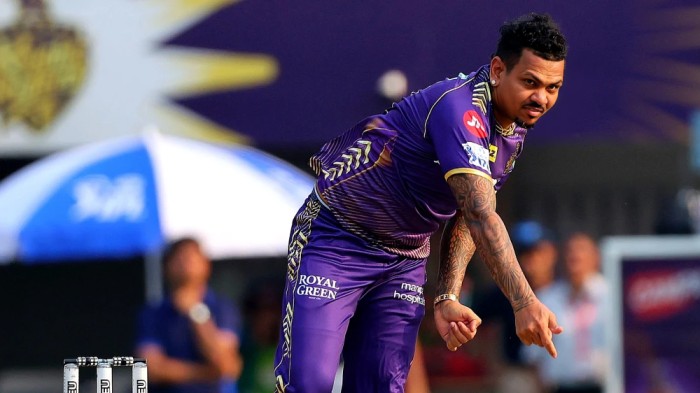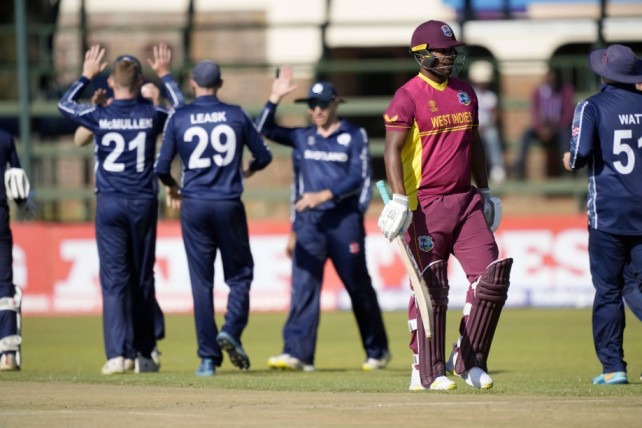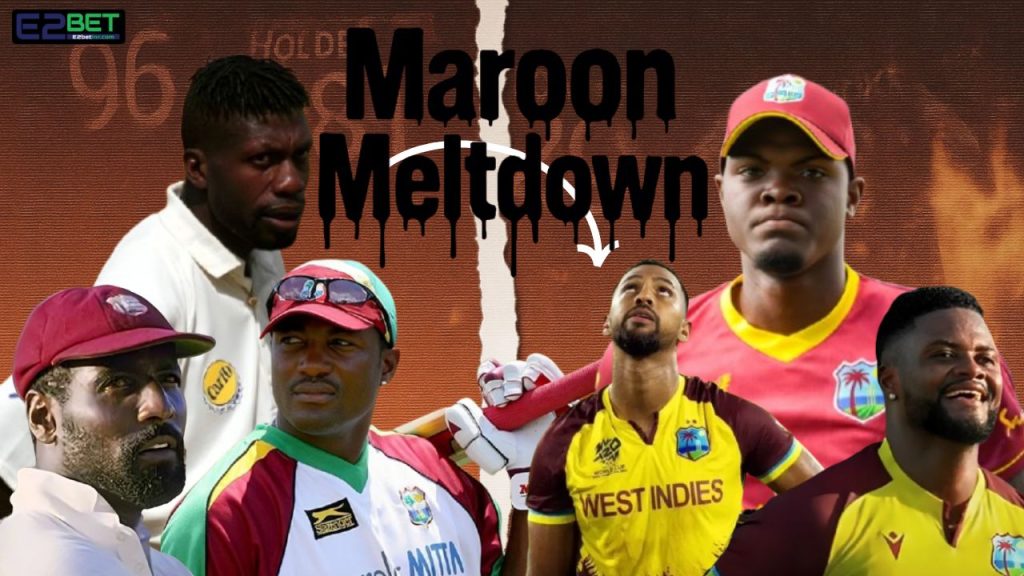Once the undisputed kings of world cricket, West Indies Cricket has spiraled into a heartbreaking downfall. From World Cup triumphs to failing to qualify, this story uncovers the dramatic collapse of an empire. Dive into the rise, the riches, the rebellion, and the ruin of a team that once united the Caribbean under a single, fearless maroon flag.
The Rise of a Revolution: When the Maroon Roared

Once upon a time in the sun-drenched islands of the Caribbean, a cricketing revolution sparked a global storm. From Jamaica to Barbados, from Antigua to Trinidad, heroes in maroon rose with bats and balls not just to win matches, but to fight centuries of colonial repression. During the 1970s and ’80s, “West Indies Cricket” became the soul of a generation.
Legends like Clive Lloyd, Viv Richards, Michael Holding, Andy Roberts, and Joel Garner weren’t just athletes they were cultural warriors. After England captain Tony Greig made his infamous “grovel” comment, the Windies responded with fire and fury. Holding’s searing pace at The Oval and Richards’ flamboyant batting became symbolic strikes against oppression. It was not just cricket. It was rebellion.
The Golden Era: World Cup Glory and Fearless Domination

In 1975 and 1979, West Indies Cricket stood at the summit. They won the first two ODI World Cups with ease and swagger. Their aura on the pitch was unmatched; their bowling fierce, their batting brutal, and their team spirit indomitable.
In 1983, they reached their third consecutive final but lost to India. Still, their dominance remained intact. Their players dominated county cricket in England. Wearing the maroon jersey was the dream of every Caribbean child.
The First Cracks: The Slow Drift into Uncertainty
But as the 1990s dawned, a shadow crept over the Caribbean skies. The legends had retired. And the replacements though talented lacked the unity and hunger that once defined “West Indies Cricket.” Internal conflicts, political interference, and inconsistent selection policies began to eat away at the core.
The results dipped. The swagger faded. The once-mighty giants became inconsistent, even vulnerable. The golden legacy was crumbling.
Franchise Fever: The T20 Boom and a Divided Dream

In the 2000s, as T20 leagues exploded worldwide, the priorities of Caribbean cricketers shifted. The Indian Premier League (IPL) offered fame and fortune. Andre Russell, Dwayne Bravo, Kieron Pollard, and Sunil Narine became T20 icons but as freelance cricketers, not servants of “West Indies Cricket.”
Why would they sacrifice lucrative contracts and glamorous global careers for a struggling, underpaying national board? Many of them declined national duties. The maroon cap no longer held the power it once did.
Financial Chaos: Broken Boards, Broken Promises
Behind the scenes, the crisis deepened. Cricket West Indies was plagued by financial mismanagement, constant player-board feuds, and inadequate infrastructure. Players often went unpaid. Contracts were erratic. Domestic tournaments lacked funding. Morale sank to new lows.
The once-proud structure of “West Indies Cricket” had turned into a house of cards shaky, fragile, and ready to fall.
Harare, July 1st: The Day the Empire Collapsed

Then came the day that broke hearts across the Caribbean. July 1st, at Harare Sports Club in Zimbabwe.
In a do-or-die World Cup Qualifier against Scotland, West Indies managed only 181 runs. Despite having players like Nicholas Pooran (a ₹16 crore IPL star), Jason Holder, Kyle Mayers, and Alzarri Joseph, they were crushed. Scotland chased the target in 43.3 overs.
For the first time in history, “West Indies Cricket” failed to qualify for an ODI World Cup. The two-time champions were out. And the world watched in silence as Rovman Powell walked off the pitch defeated, drained, and broken.
Brandon McMullen’s all-round brilliance and Matthew Cross’s unbeaten 74 handed Scotland a historic win. But for the Caribbean, it was a funeral.
The Cracks Beneath the Flag: A Flawed Foundation
There’s another truth that hurts West Indies is not one nation. It’s a collection of independent island countries. And while that unity worked during the glory years, in today’s fractured world, it breeds disconnection.
Jamaica doesn’t cheer for Barbados. Trinidad has its own agenda. The collective pride of “West Indies Cricket” has become a nostalgic memory.
The Coma Ends: The Patient is Declared Dead
Darren Sammy, the last man to lead West Indies to a global title, coached the team in Zimbabwe. Carlos Brathwaite, who once smashed four sixes in the 2016 final, was in the commentary box. Icons of yesterday, watching their legacy disintegrate in real time.
Scotland didn’t just win. They pulled the plug on the ventilator. “West Indies Cricket” had been in a coma and now, it was declared dead.
The maroon that once roared with pride is now a symbol of what was and what could’ve been.
Long live the legends. Long live the memory.
But today, we must mourn the fall of West Indies Cricket.
READ MORE:
- The Vanishing Thunder: A Suspense Tale of Pakistan Fast Bowling Empire
- The Rise and Fall of CLT20: Cricket’s Forgotten Super League
FAQ
Why did West Indies Cricket decline?
Due to poor management, loss of legendary players, and lack of unity.
How did T20 leagues affect West Indies?
Top players chose money from leagues over national duty.
Why did they miss the 2023 World Cup?
They lost key qualifiers, including to Scotland.
Is their multi-nation structure a problem?
Yes, it causes disunity and weak coordination.
Can West Indies Cricket rise again?
Yes, with strong reforms and team commitment.



